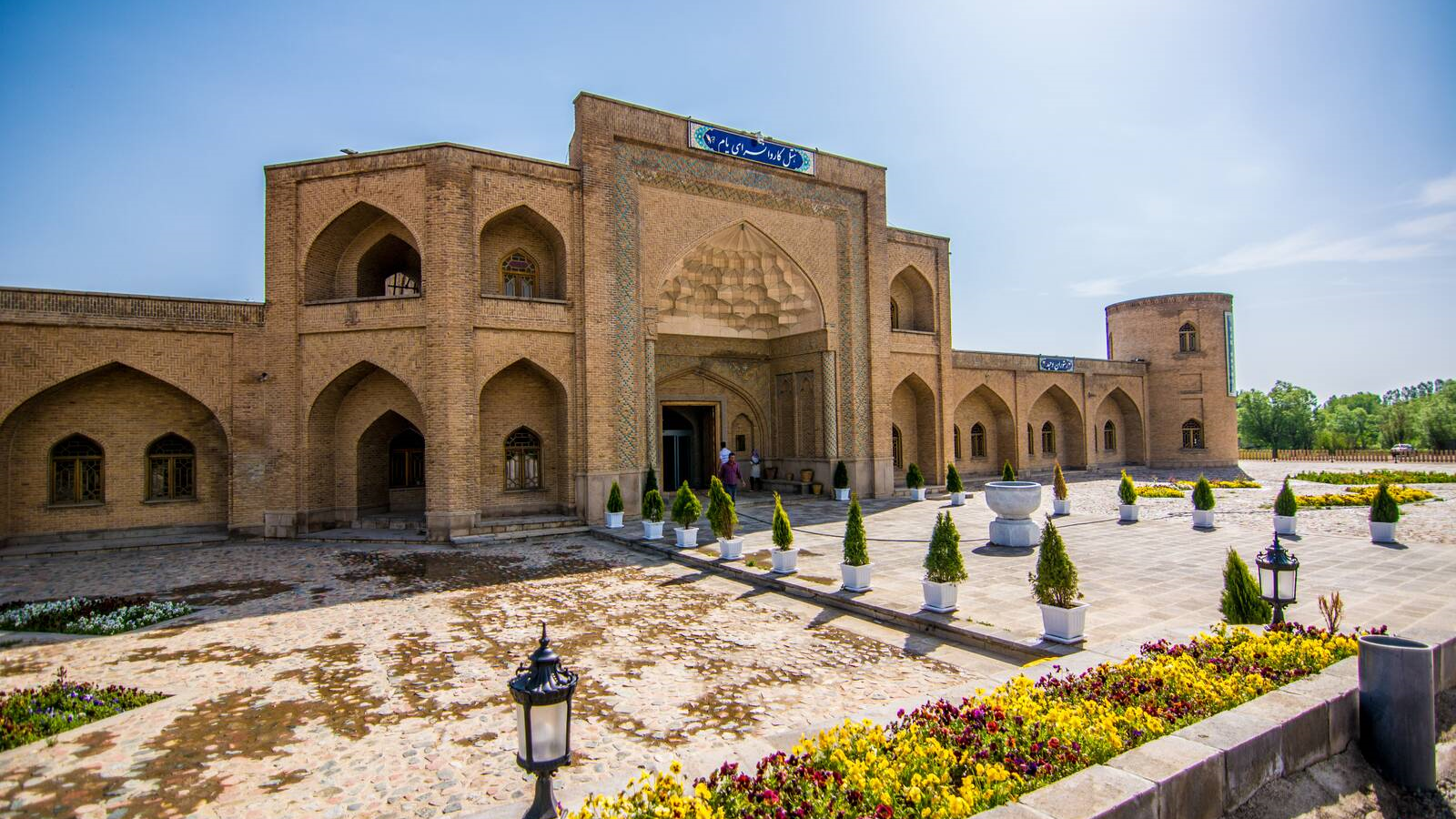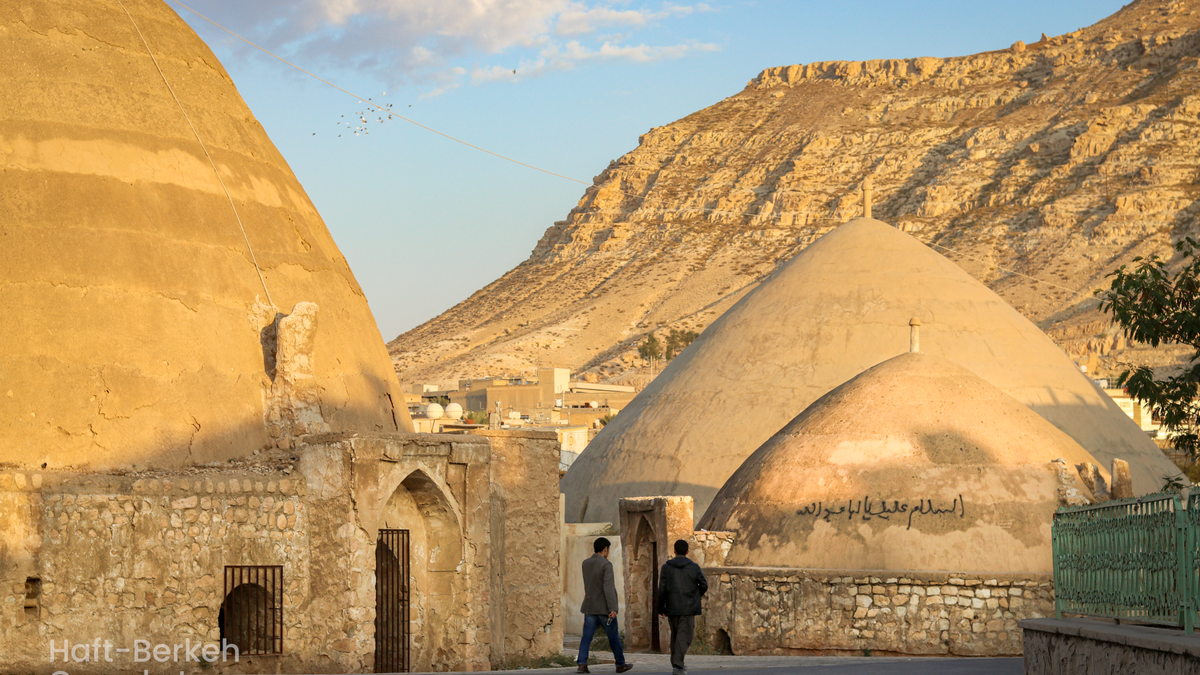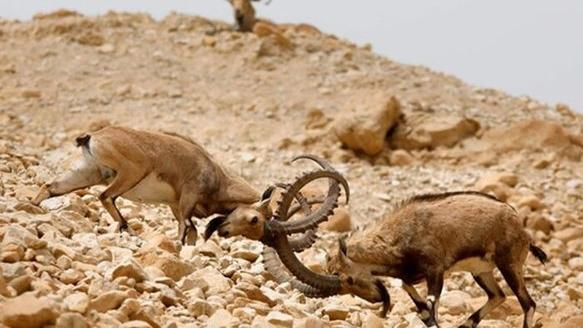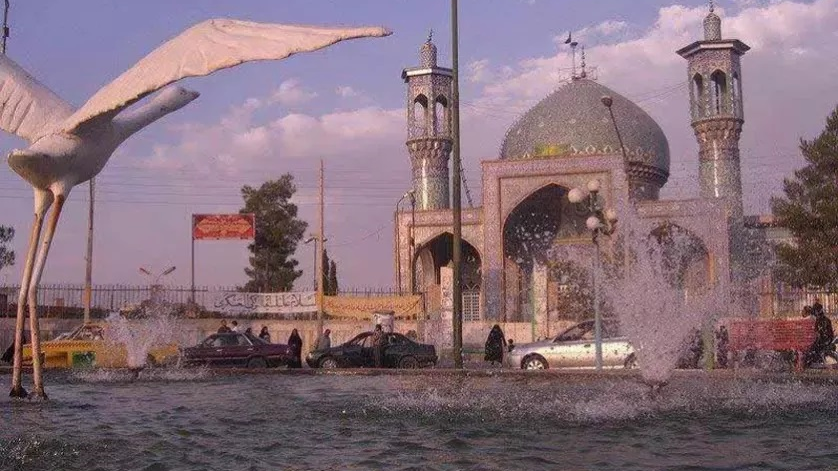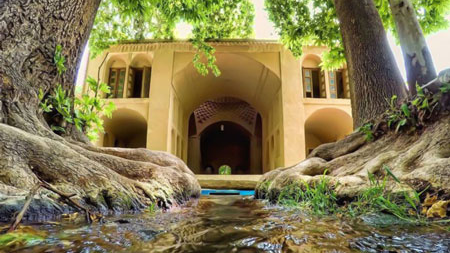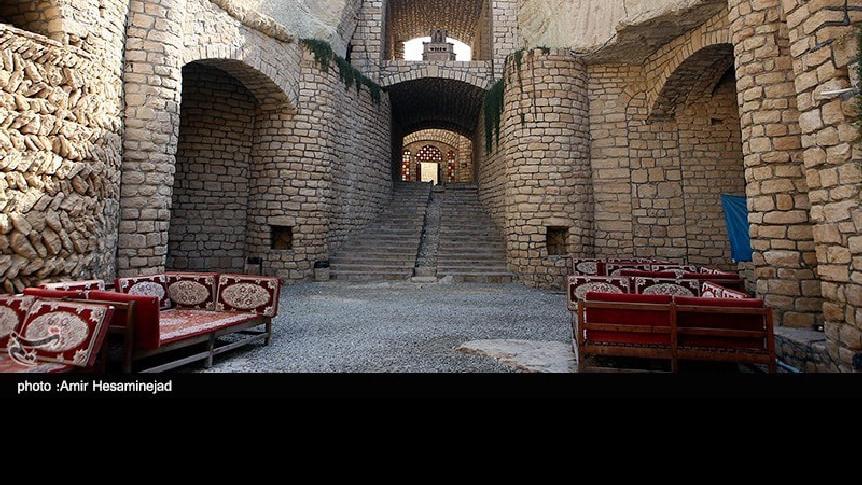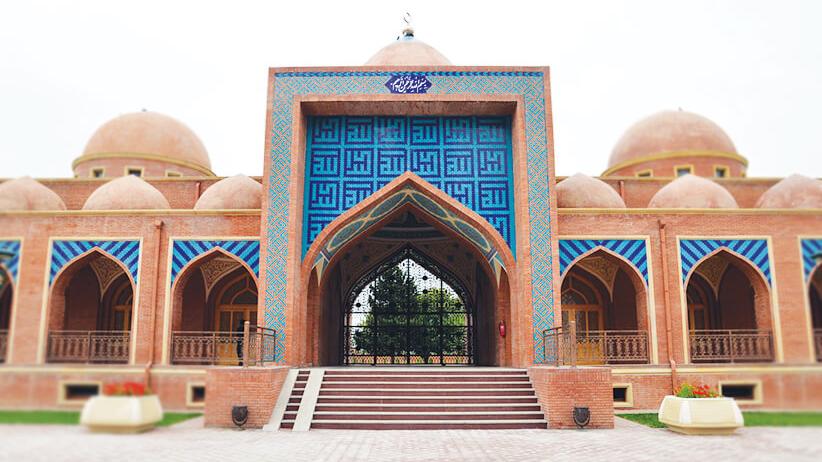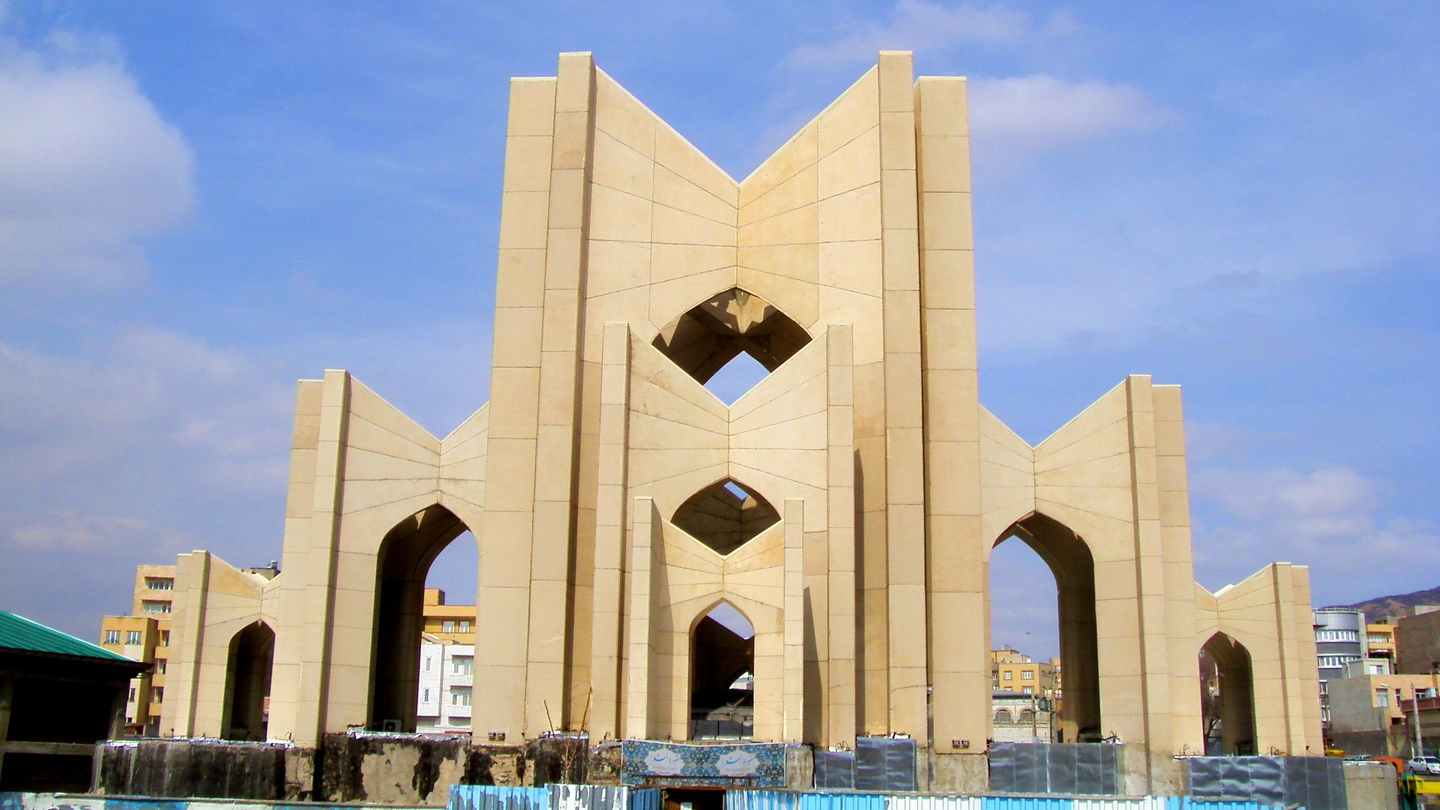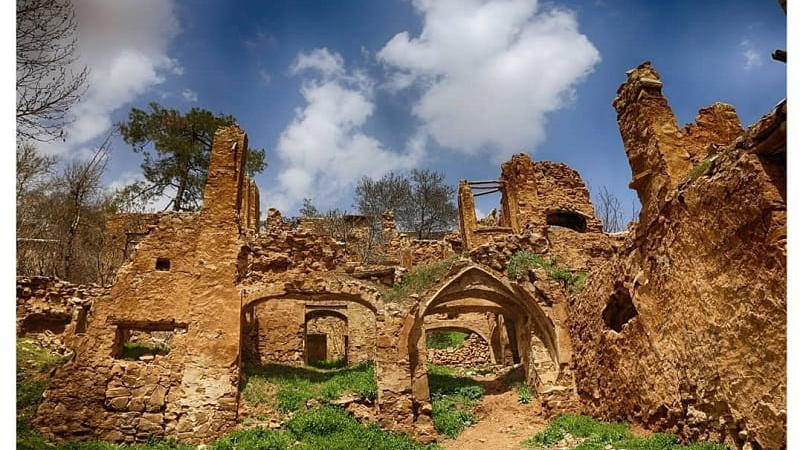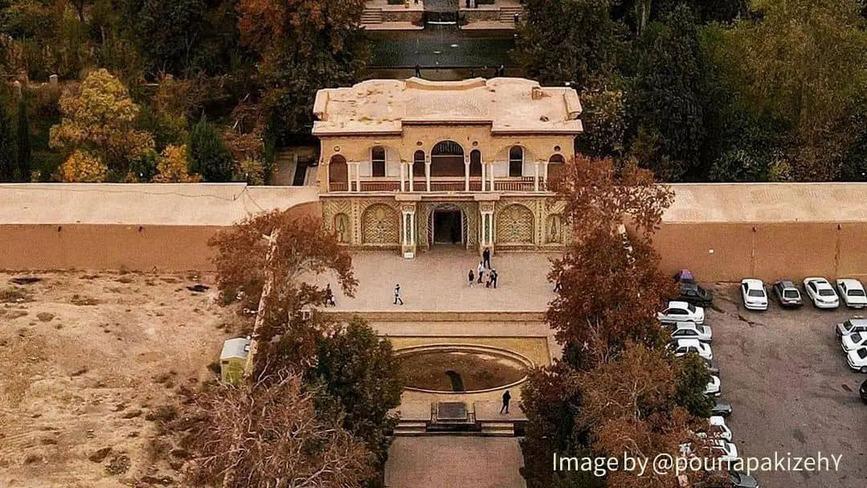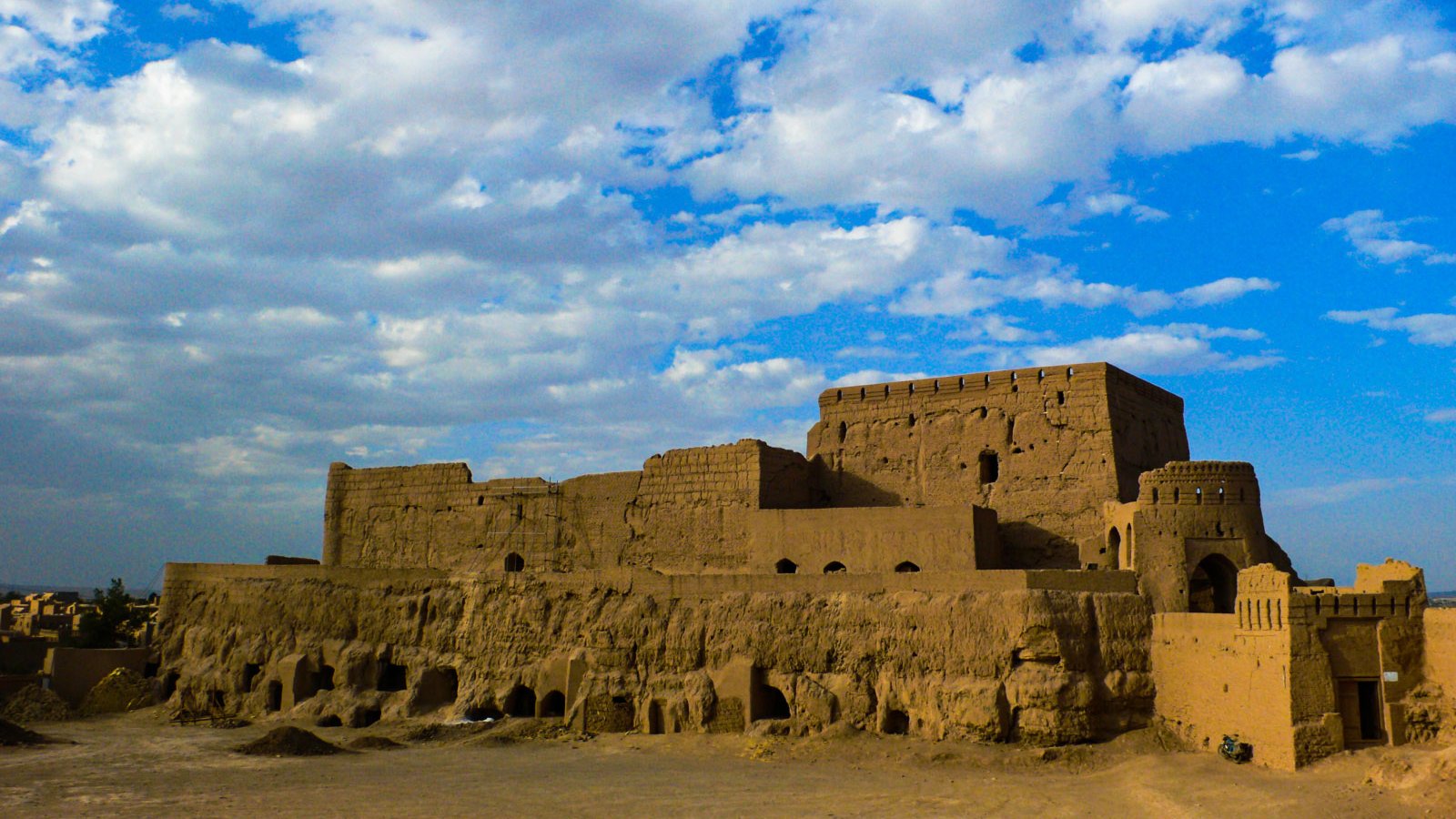
Naqsh-e Jahan Square
With its special and unique design, Naqsh-e Jahan Square of Isfahan is one the most beautiful historical sites of Iran, visiting which can have a lasting and memorable effect. This site, which has been on the UNESCO World Cultural Heritage List, is a heritage left by the Safavid dynasty (1501 to 1736 AD).
In addition to all the uses that all the major squares of big cities had, this square was considered a government center and the place that displayed the prosperity and power of the Safavid rule. This was the reason that commercial, administrative, and religious centers were founded in this square.
How Did Naqsh-e Jahan Square Come into Being?
After the Safavid dynasty made Isfahan its capital, many beautiful sites were founded in this city one of which was the Naqsh-e Jahan Square.
This square was founded by Shah Abbas I at the beginning of the 17th century AD in a place, which was a garden called “Naqsh-e Jahan”. The architects of this valuable work were Mohammad Reza and Ali Akbar Esfahani. Some believe that the construction of the square began in 1601 and the completed in 1636 AD.
Naqsh-e Jahan Square was about three kilometers away from the main bazaar and the Jame’ Masjid of the city at the time, but today it is considered the most important square of Isfahan. This square is 508 meters long and 160 wide and houses magnificent historical buildings, each of which can occupy tourists for hours. Presently, Naqsh-e Jahan Square is located in the northern part of Isfahan.
What Was the Naqsh-e Jahan Square Used for?
Naqsh-e Jahan Square was the heart of Isfahan and the place where important events took place and where people could find out about the latest news of the country and engage in trade.
This square was considered a political, economic, and cultural center and played an important role in the commercial activities of that time. The announcements issued by the king were read out loud in this square and the people were informed about them. Even religious scholars were present in this place so that people who had questions about religious issues could refer to them.
The Historical Sites in Naqsh-e Jahan Square
In the early years of the foundation of Naqsh-e Jahan Square, there was no tree in it, and the large flat that lay in the middle of the square was used for playing polo, which is originally an Iranian sport.
The polo goal posts can still be seen in the north and south of this square. It is said that these posts are the oldest remaining polo goal posts and all the polo fields in the world have been set up inspired by Naqsh-e Jahan polo ground.
The sites that open to this square include:
Imam Khomeini Mosque, formerly known as the Shah Mosque, is located in the south of the square;
- Sheikh Lotfollah Mosque is located in the eastern part of the square and its dome is easily recognizable by its mustard color, especially because, unlike the usual Muslim mosques, there is no minaret next to this dome;
- Aali Qapu Palace, which is a tall building built on six floors, has a magnificent pillared porch and is located in the western part of the square.
- Qaysarieh Bazaar, which is one of the largest bazaars in Iran, is located on the south side of the square and has one of the most beautiful paintings of the Safavid era on its portal.
In addition to these four main buildings, there are hundreds of shops and workshops in the square, most of which sell souvenirs, handicrafts, and goods specific to Isfahan. The existence of these shops around the splendor of Naqsh-e Jahan Square can be quite attractive for tourists; especially because the atmosphere of the square is still similar to when Shah Abbas founded it.
Imam Khomeini Jame’ Mosque
At the time when Naqsh-e Jahan Square was being founded, there was a Jame’ Mosque in Isfahan, but Shah Abbas wanted to create a bigger mosque that would have more space for people to gather. At that time, azure and turquoise colors were considered the most expensive colors and most of the paint makers were unable to acquire the needed raw materials, however, the Safavid court used a lot of azure and turquoise tiles to make this mosque more attractive, which still look fascinating to everyone.
 در جنوب میدان نقش جهان واقع است_crop.jpg)
Imam Khomeini Mosque (Shah Mosque) is located south of Naqsh-e Jahan Square
The mosque has four tall porches, all of which open to the central courtyard. There is a large pond in the middle of the courtyard and there are two minarets at the portal of the mosque and two minarets at the two sides of the dome. Two symmetrical courtyards that were used as seminaries were built on both sides of the main dome. At that time, Isfahan was the cradle of Iranian and Islamic civilization and culture and was considered the main center of science and knowledge.
Sheikh Lotfollah Mosque
Although the Sheikh Lotfollah Mosque is not as big as the Jame’ Mosque, the beauty of the domed hall and its motifs and inscriptions are very attractive. This mosque has no courtyard or minaret, and it was built close to the other mosque so that women members of the royal family could offer their prayers there. A couple of underground corridors had also been built under the square so that women could commute between the Aali Qapu Palace and the Sheikh Lotfollah Mosque to be away from the public.
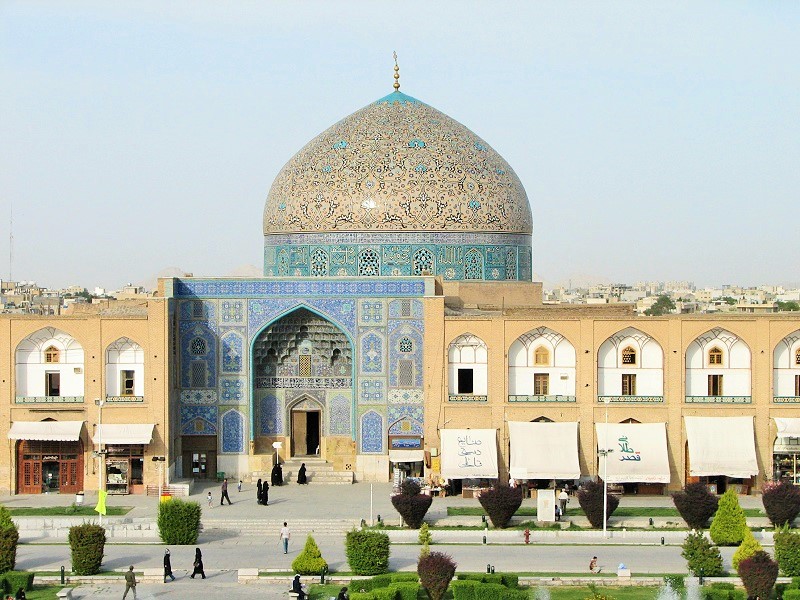
Sheikh Lotfollah Mosque in Naqsh-e Jahan Square, Isfahan
Aali Qapu Palace
This palace, which is located in the west of the square, was used as the residence and administrative office of Shah Abbas I. He used to receive ambassadors, kings, rulers, and officials in this building. The palace overlooked the entire Naqsh-e Jahan square and made it possible for the king and his guests to watch Iran’s booming economy from there. In addition to the military parades of the Iranian army, the passage of caravans and the activities of local merchants could also be observed from this palace.
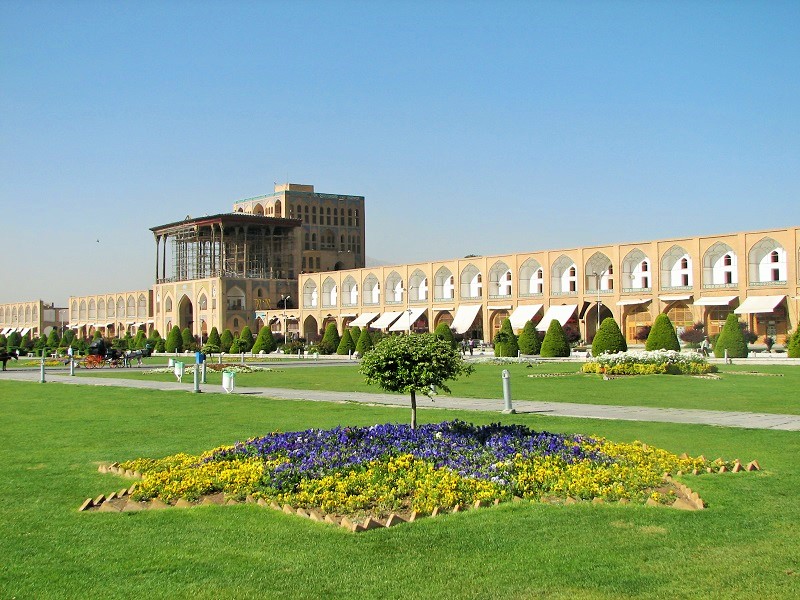
Ali Qapu Palace is located on the western side of Naqsh-e Jahan Square
The Shah’s family lived on the top floor of this building in the private rooms that were built for them. In order to make the royal family members feel comfortable, the interiors and exteriors of the rooms were designed in such a way as to create a quiet and acoustic environment for them. There were also some balconies at the back of the building, which were used to view the royal gardens.
Qaysarieh Bazaar
Despite the fact that it is the only so-called bazaar in Naqsh-e Jahan Square, traded activities were not and are not limited to the main building of Qaysarieh Bazaar; the reason being that all the shops around the square are, in a way, part of this bazaar.
Some Suggestions for Making the Visit to Naqsh-e Jahan Square More Memorable
Naqsh-e Jahan Square can amaze every visitor because every corner of the square manifests an impressive display of living beauty that will be attractive to visitors. Therefore, it is better to have a plan to visit the square so that it would be possible to enjoy all its beauty. Therefore, it is suggested to start visiting the square in the morning by seeing the buildings and spending the afternoon visiting the shops, workshops, and other parts. Doing so, especially after sunset, when the lights are turned on, is accompanied by having a spectacular view of Naqsh-e Jahan Square and makes the visit more enjoyable.
There are a number of teahouses and restaurants around the square where tourists can relax and be served with delicious and authentic Iranian cuisines. Usually, traders close their shops in the middle of the day, to rest and resume their activities after a few hours, which will continue until late at night.
| Name | Naqsh-e Jahan Square |
| Country | Iran |
| Type | Historical |
 در جنوب میدان نقش جهان واقع است_crop_1.jpg)
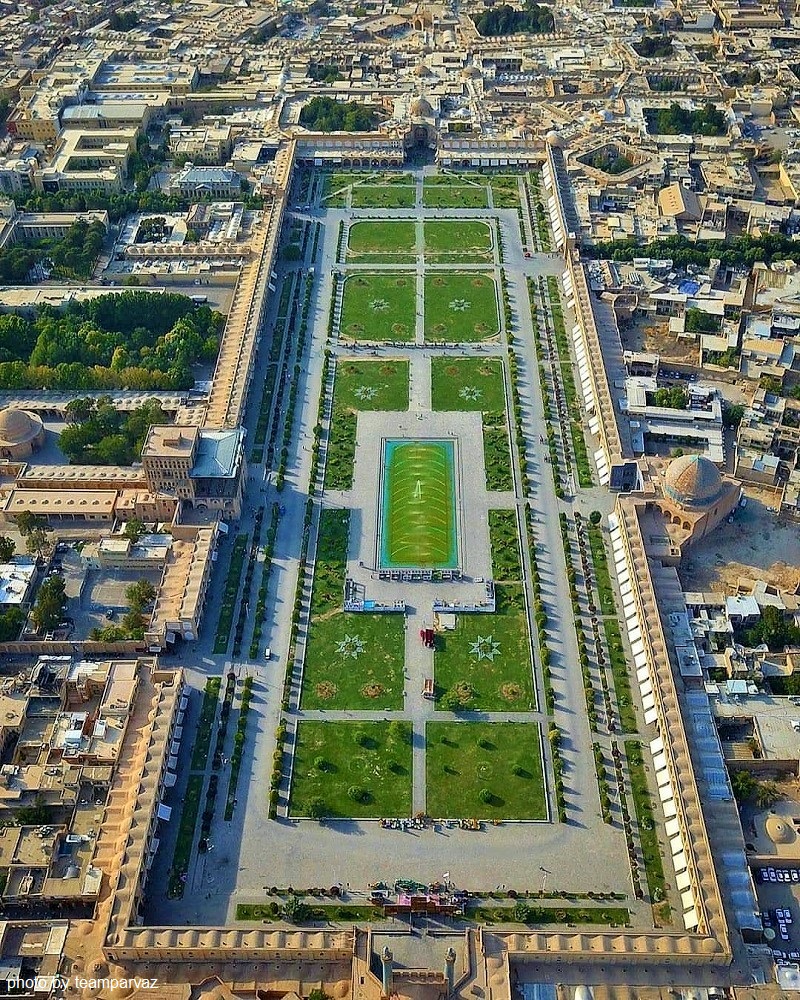
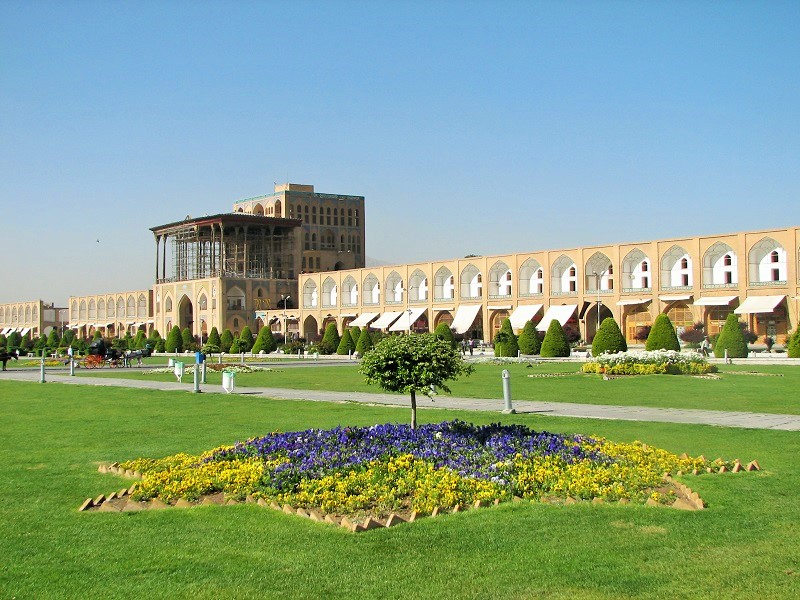
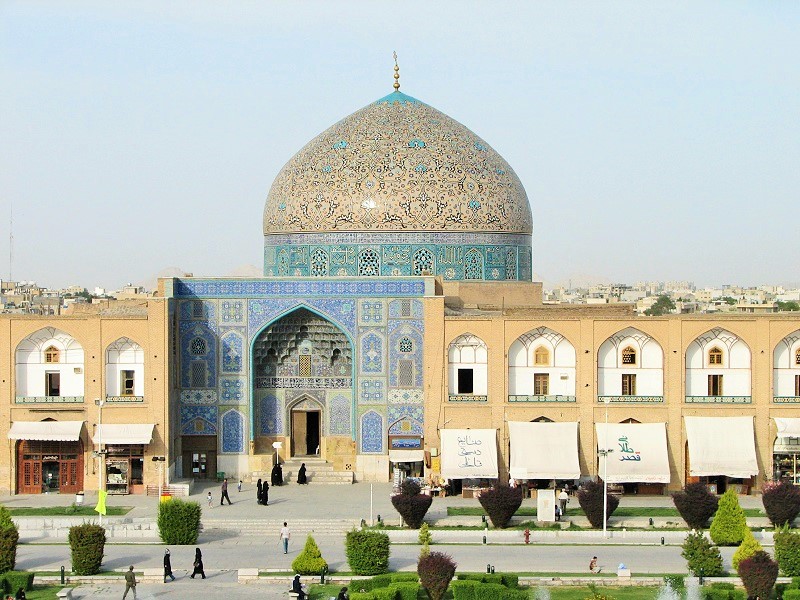
 در جنوب میدان نقش جهان واقع است_crop_1.jpg)



Choose blindless
Red blindless Green blindless Blue blindless Red hard to see Green hard to see Blue hard to see Monochrome Special MonochromeFont size change:
Change word spacing:
Change line height:
Change mouse type:
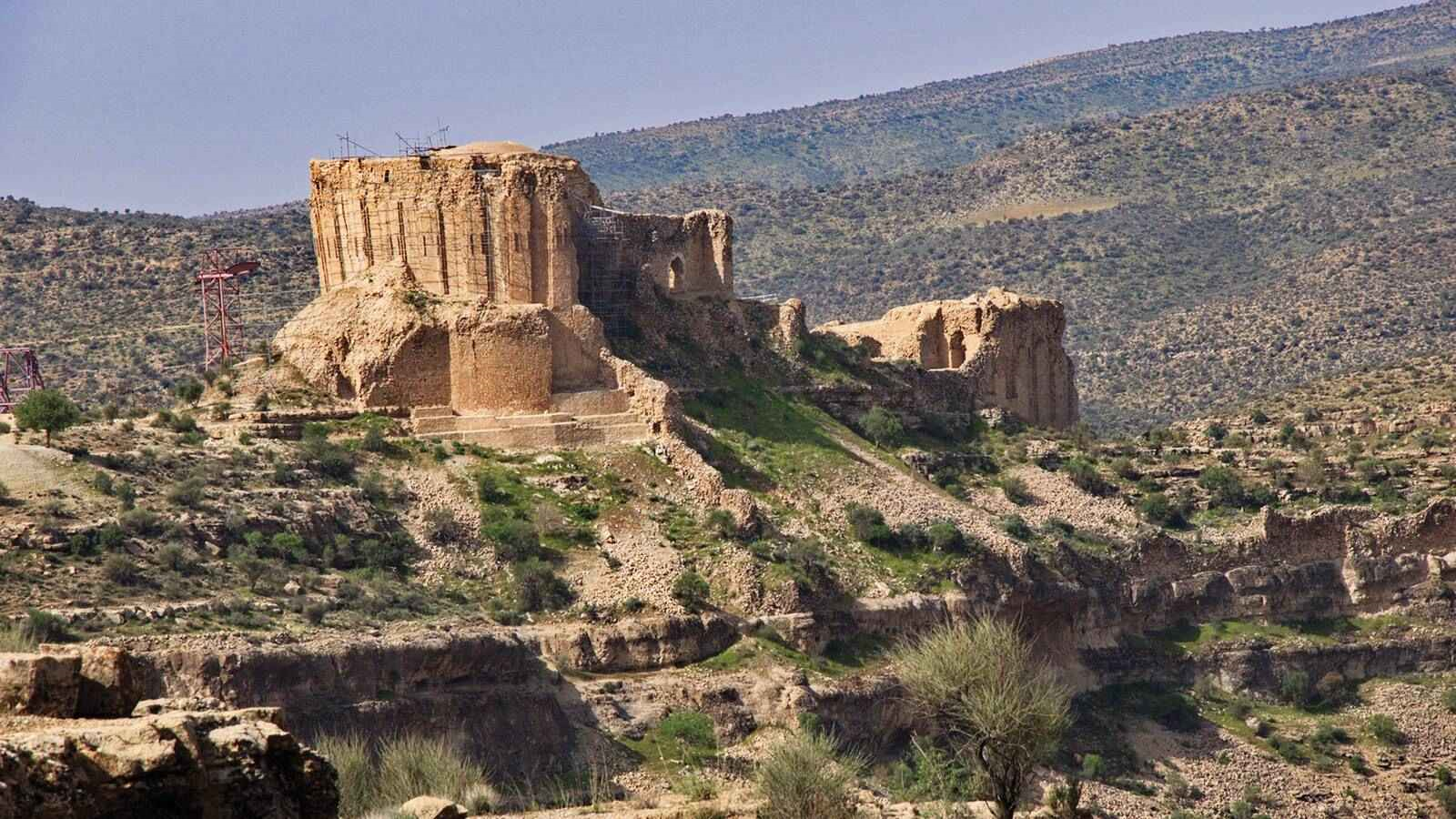
_crop_2.jpg)

